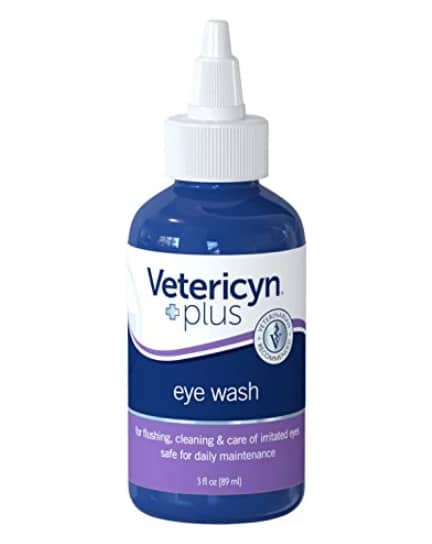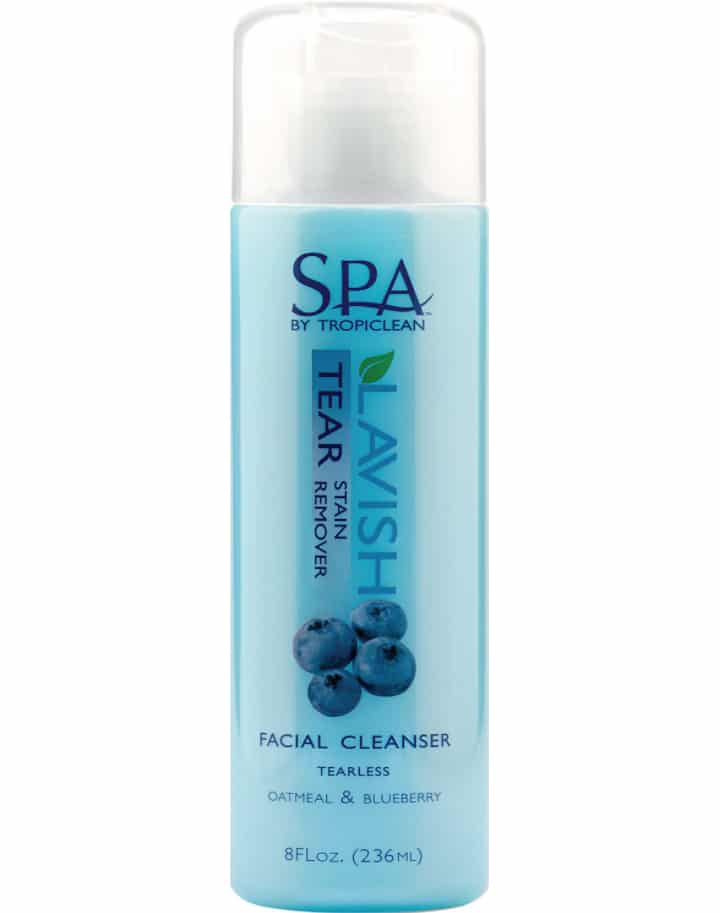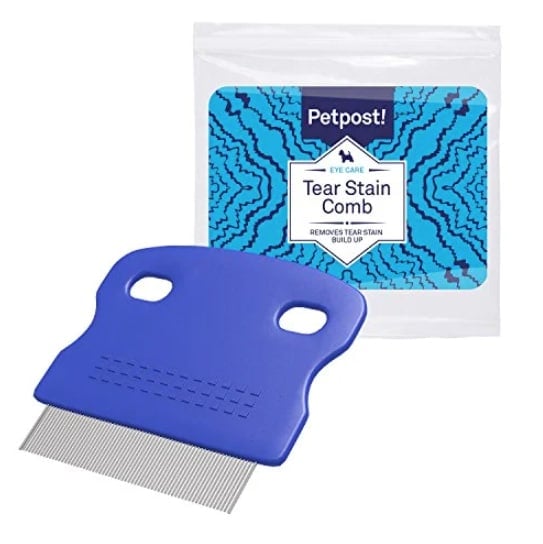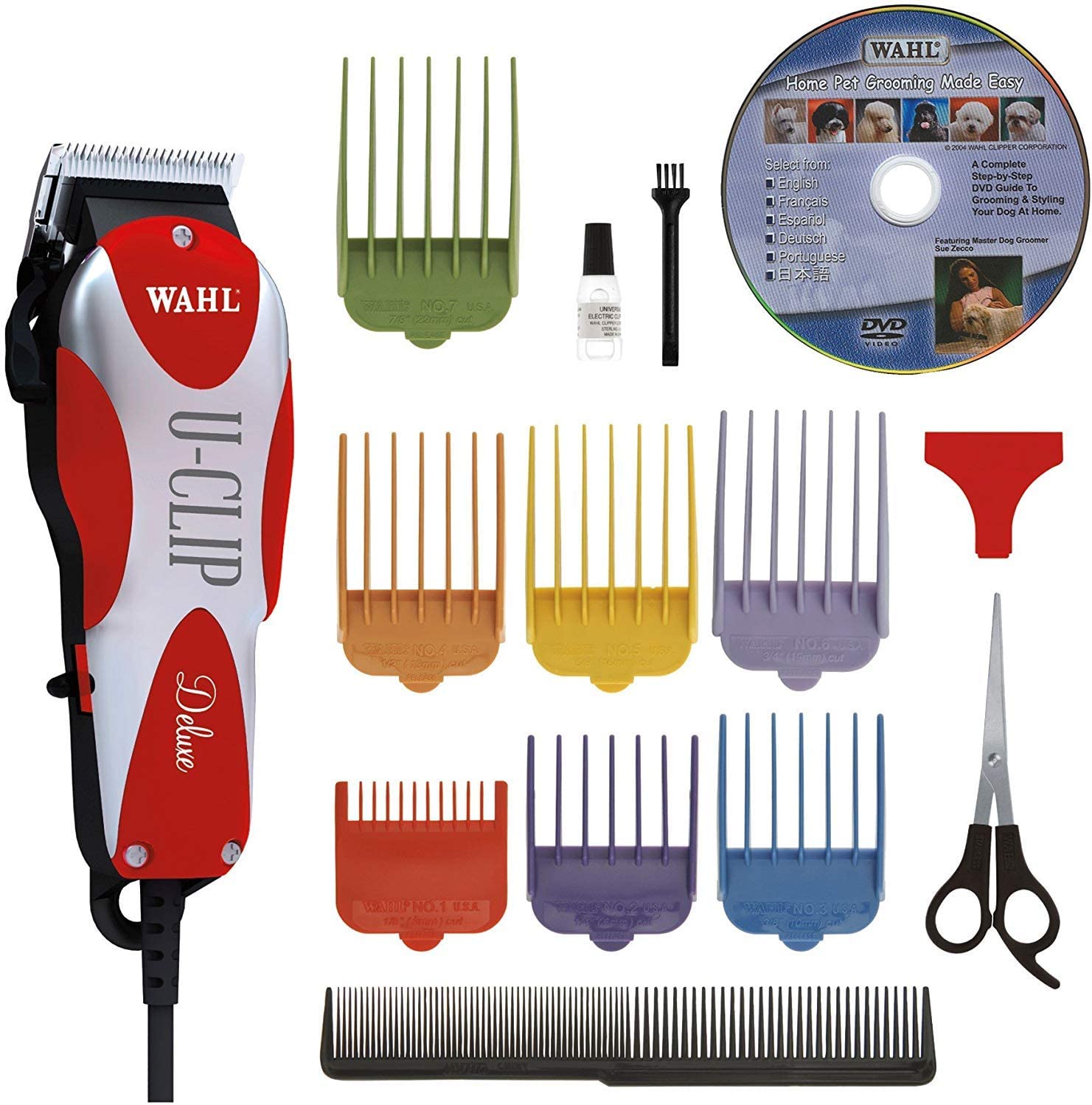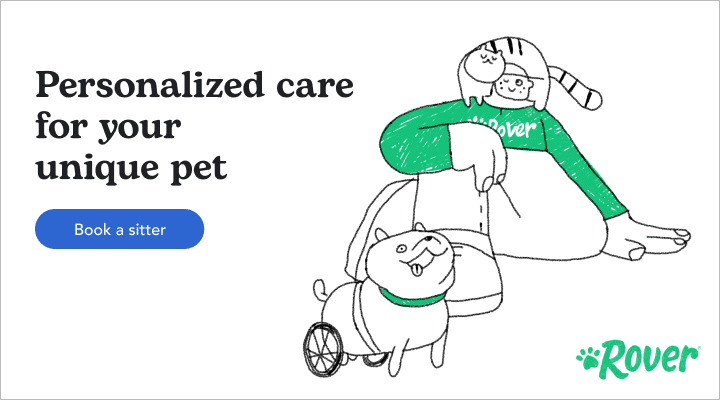- This review contains affiliate links. Read more here.
- Not a substitute for professional veterinary help.
Dog eye discharge happens and often for a common reason: your dog’s tears are flushing out dust after a long night of sleep. This eye gunk can differ in texture, fluidity, and color. For example, you may notice your dog’s eye boogers ranges from a little crusty to mucus-y and appear green, yellow, or clear. Some of these signs, however, can indicate an underlying eye infection.
But how can you tell if your dog needs to see a vet? We’ll break down the signs of concern and signs of when you can tackle your dog’s eye boogers at home.
If you’re reading while eating, here’s your warning: we’re about to get into the sometimes icky details about the causes of eye discharge. Read on for more—plus five care tips you need.
What Does Normal Dog Eye Discharge Look Like?
The medically correct term for dog eye gunk is discharge. Clear to whitish-grey eye boogers with a watery consistency are normal in most dogs. You may notice some dust in them as well.
Be aware that discharge can change in appearance. If your dog’s eye gunk looks more pus-like, with a tendency to crust, this could be a sign of a bigger problem.
4 Cause of Dog Eye Discharge
If you’re unsure about the cause of your dog’s unusually runny eyes, visit your vet for a professional opinion.
Conjunctivitis
Or, as we humans call it, pink eye. Conjunctivitis is an inflammation of the outer layer of the eye and inner layer of the eyelid. This infection is often paired with:
- dog eye gunk that appears as a yellow-green pus
- discharge that crusts overnight
- bloodshot eyes
- excessive blinking or itching
Conjunctivitis has many causes. Some cases are viral, others are bacterial, and some can be attributed to allergies or even tumors. The key? Seeing the vet at the first sign of symptoms to nail down the source so it can be treated. Treatment likely include antibiotics and soothing washes to keep any serious damage at bay.
Watery eye a.k.a. epiphora
Some dogs—and humans, for that matter—have constantly watery eyes. But with epiphora or excessive tearing, the eyes are, well, just that: excessively wet.
The problem lies in the duct not being able to properly dispose of excess tearing, which is especially common in flat-faced dog breeds. Sometimes, the stream of tears can result in tear stains, aka the darkened fur around the eyes, especially for light-colored dogs. The overabundance of tearing can also lead to infected, smelly skin.
Causes of excessive tearing really run the gamut, from:
- conjunctivitis
- allergies
- a duct problem
- an eyelash growing where it shouldn’t
- glaucoma
Visit the vet to figure out what’s causing the discharge, then treat accordingly—in some cases, relief from epiphora will require tear duct surgery.
KCS a.k.a. dry eye
The opposite of constant watery, teary eyes? Dry eye. The official term? Keratoconjunctivitis sicca, or KCS for short.
Uncomfortable, itchy, dried out eyes lack lubrication and therefore the ability to flush away irritants or infections. And that could cause some serious harm. Without tears, in an effort to protect the eye, the whites of the eyes turn brown and yellow-green discharge appears.
Common causes for dry eye include:
- eye infections
- tear duct issues
- side effects of anesthesia or antibiotics
Blindness can occur if untreated, so make sure to visit your vet if these dog eye gunk symptoms crop up.
Eye injury
Dogs play and explore and are sometimes just clumsy, which can lead to eye injuries. The eye can be scratched (think running through vegetation or wrestling with another dog) or a foreign body such as dirt or debris can get lodged in their eye. Even exposing the eye to a chemical may cause changes in your dog’s eye discharge.
In addition to changes in discharge, other signs can include a visible foreign object, scratching or pawing at the face, or a bloody or bloodshot eye. Eye injuries can have serious complications, so see a vet immediately if you suspect your dog hurt their eye.
If you can see something in your dog’s eye, don’t try to remove it yourself. Ask your vet to do so.
Symptoms of Abnormal Eye Discharge: When Should I Worry?
Think about when the last time you thought about the consistency of your own eye’s lubrication? Probably the last time they were excessively wet, or excessively dry, or excessively gunky. And you were probably blinking, squinting, touching them, and otherwise showing physical signs of infection or irritation.
These signs also hold true for your dog. Eye discharge is normal until it comes with additional signs of discomfort or changes drastically in color or consistency overnight.
To assure good eye health and quality of life for your dog, watch for these symptoms of abnormal eye discharge:
- Excessively watery eyes
- Excessively dry eyes
- A noticeable increase in eye discharge
- Change in eye discharge consistency or color
- Rubbing or pawing at the eyes
- Excessive blinking
- Bloody or excessively bloodshot eyes
- A visible foreign object in the eye
Breeds that are more prone to eye irritation, infections, and excess discharge include:
At this point, you’ve probably picked up on what you should do if you notice these symptoms—call your vet as soon as possible.
Daily Tips for Removing Dog’s Eye Gunk
Once you have any injuries, allergies, and/or infections under control, here are some of our tips for maintaining your dog’s eye health and removing gunk.
1. Try a dog tear stain remover
These gentle liquids can be very handy for routine grooming, as well as stubborn stains and gunk around your dog’s eyes.
2. Use a pet “eye comb” for dog eye gunk
While it seems like a strange idea, “eye combs” are actually quite wonderful. They’re sturdy, easy, efficient, and help you avoid using chemicals to clean your dog’s eyes from gunk.
3. Give a quick trim around the eyes
If your dog has long hair that may be contributing to the problem, clean the hair and trim it regularly—this is an issue especially in flat-faced or smaller toy dogs. Try a simple pet grooming kit at home, or visit the groomer if you’re not confident about your trimming skills!
4. Keep your dog’s eyes moist with a pet eye wash
Eye drops designed for canine use are a miracle invention, as far as we’re concerned. They’re non-irritating and non-toxic, so it’s okay if your dog taste-tests any excess product.
These drops are great for eye lubrication, flushing out irritants, and soothing allergic reactions. We suggest having treats on hand when administering drops!
5. Don’t use your fingers to remove dog eye gunk
Be careful! It’s a sensitive area. If it’s run-of-the-mill gunk, start with a clean, damp towel rather than bare fingers. Avoid cotton balls or other products that may shed material into the eye.

